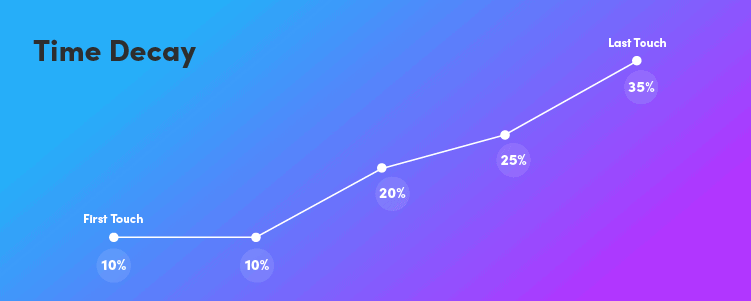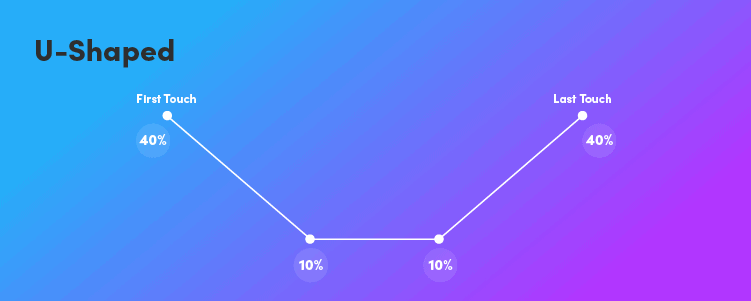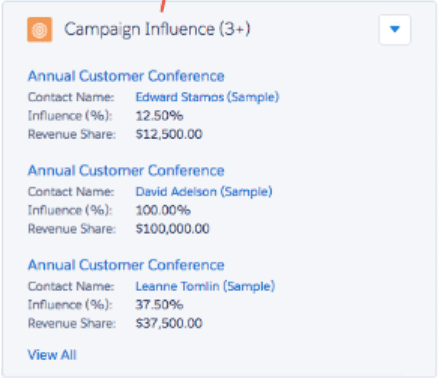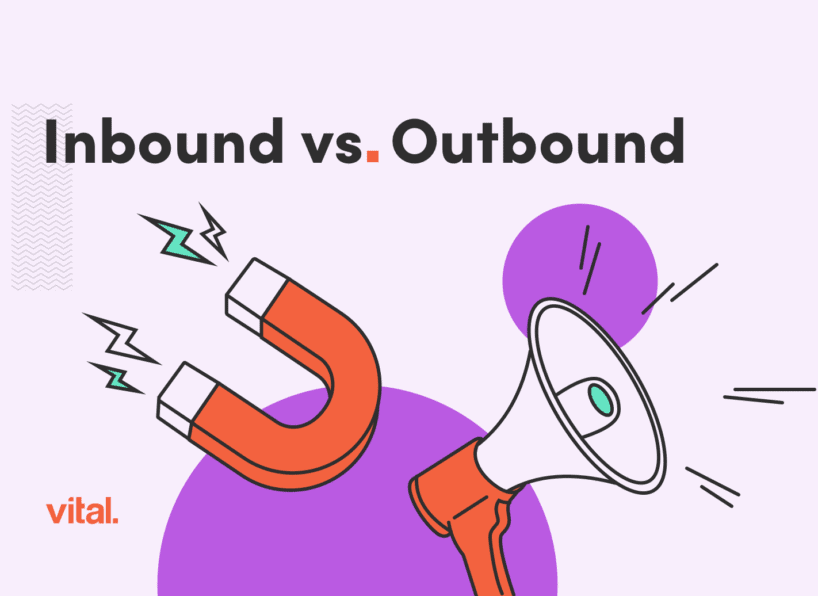The world as we know it today is more connected than ever would have been conceivable as recently as 30 or 40 years ago. Thanks to things like smartphone technology, high-speed internet, and freely available Wi-Fi networks, someone in Portsmouth, NH, could send a message to someone in Beijing, China, in just a matter of seconds — a reality that makes distant places feel just a little bit closer, and our great, big world just a little bit smaller.
While this is great for bringing people together, it presents businesses with a challenge: The more connected people are, the more options they have, and the more competition there is for companies. Mom-and-pop stores now have to go toe-to-toe with eCommerce giants like Amazon — or, if not compete directly, at least find their own niche in the market.
Fortunately, businesses — or, more specifically, their marketing teams — have risen to this challenge by developing marketing campaigns tailored to the customer’s particular interests. In order refine these strategies, though, marketers require valuable insights that only be obtained through marketing attribution.
What is Marketing Attribution?
Marketing attribution refers to the process by which a business determines which marketing touchpoints directly contributed to a conversion or a sale. To illustrate this concept, think of each touchpoint as a player in a basketball game, and the lead as the ball. Player A (let’s say an email marketing campaign) sets up an assist by passing the ball to Player B (a downloadable piece of content), who turns and sinks the shot (in other words, makes the sale). Both Player A and Player B get credit for their role in completing the play, just as a business would recognize that both touchpoints played some role in converting the lead into a sale.
The basic purpose of marketing attribution is to better understand which touchpoints are most effective and, therefore, are more likely to convert. Marketing teams, executive boards, and stakeholders can then use this information to better understand the return on investment (ROI) on their marketing spend, and which touchpoints are actively contributing to marketing ROI.
For example, VennScience partnered with Vital Design to create two pieces of downloadable content — an eBook titled 19 Questions to Ask When Choosing a Salesforce Partner and a customer relationship management (CRM) request for proposal template. Let’s say, theoretically, that through marketing attribution we were able to determine that the eBook consistently converts more than the template. This could tell us a few things, such as eBooks are a more compelling form of content than templates, or that our audience is more interested in Salesforce-specific content than content that is product agnostic.
Either way, it provides us with valuable context for future marketing efforts and enables us to maximize our marketing ROI.
In addition to maximizing marketing ROI, when done well, marketing attribution can also help organizations optimize their product development process, engage in more creative problem-solving, gain visibility into their buying process, and better understand how their customers think. Of course, in order to achieve these benefits, marketers must overcome some basic biases that can lead to misattribution.
For example, a marketer might mistakenly draw a correlation between a particular touchpoint and a customer’s decision to convert when, in reality, a different touchpoint motivated the decision. To demonstrate this, let’s say that a marketing team attributes a sale to a customer visiting their company’s booth at a trade show, when what really sold that customer was an article they read on the company’s blog two weeks prior to that show. Based on that assumption, the team might allocate additional marketing spend to trade show appearances, rather than use it to generate more original content for the blog. This case of misattribution could lead the company to miss out on future sales opportunities, as well as ruffle a few feathers because the sales team gets to claim credit for the marketing department’s hard work.
Biases like the one described here are often the product of a lack of insight into the customer journey and how customers are influenced — a challenge that can be overcome by selecting the right marketing attribution model.
The Many Models of Marketing Attribution
Now, you’ll notice that when we talk about marketing attribution, we’re talking about touchpoints, plural. The single-touch attribution model has largely fallen out of favor due to the fact that it lacks nuance. Rather than recognize that prospects and leads will likely engage with multiple touchpoints throughout their customer journey, single-touch attribution credits either the first touch, lead conversion touch, or last touch in the journey for the sale. Each of these approaches comes with benefits:
- First touch and last touch attribution are easy to set up in Google analytics, or your organization’s CRM.
- Lead conversion touch attribution can indicate which touchpoint generates leads.
However, they offer a very limited perspective into the way customers think.
The multi-touch attribution model is, by comparison, far more popular because it accounts for the richness of the customer journey. Rather than focus on either the first or last touchpoint, the multi-touch model recognizes all of the various touchpoints along the way. There are a few different types of multi-touch attribution, including:
- Linear: All touchpoints throughout the customer journey are given equal weight, therefore, credit for a conversion is distributed equally across all touchpoints. Linear attribution gets points for enabling marketers to optimize the entire customer journey, however, by distributing credit evenly, marketers don’t get insight into which touchpoints perform better than others.
- Time Decay: Each touchpoint is weighted differently, and interactions that take place closer to conversion are assigned greater value than those early on in the customer journey. Time decay attribution is effective at showing which touchpoints accelerated a customer’s interest but falls short when it comes to identifying why that customer took interest in the first place.
- U-Shaped: The first and last touches carry the greatest weight and are, therefore, assigned the greatest value. The remaining credit is distributed equally amongst the other touchpoints that take place between the first and last touch. Although U-shaped attribution gives marketing teams the opportunity to enhance the touchpoints that first attracted the customer and clinched the sale, it risks overweighting the first and last touches.
- W-Shaped: This form of multi-touch attribution operates on the same basic premise as the U-shaped model but recognizes the opportunity stage in addition to the first and last touches. Based on this, the first touch, lead conversion, and last touch are all equally weighted and assigned the greatest value, while remaining credit is distributed equally amongst the other touchpoints that take place in between. Similar to U-shaped attribution, the W-shaped model enables marketing teams to optimize their first touch, lead conversion touch, and last touch, but undervalues important touch points in between.
Which type of attribution model (or types of models, as is often the case) you use depends entirely on what your organization’s typical sales cycle looks like, and which mediums you rely on for marketing.
Design Custom Campaigns in Salesforce
Now, you might be wondering, “Why is a Salesforce consultant talking to me about marketing attribution?”
It’s a fair question, which is why now’s as good a time as any to tell you that Salesforce offers a built-in marketing attribution feature that makes it easier for marketing teams to determine which touchpoint or touchpoints directly contribute to sales.
This feature, Salesforce Campaigns, is built into Sales Cloud and enables you to configure campaign objects, each of which represents some sort of marketing initiative, such as a weekly newsletter, a free webinar, or a trade show appearance. Once you’ve built a campaign object, Salesforce enables you to upload a lead or contact and relate it to that object. More specifically, Salesforce allows you to relate multiple campaigns to one lead or contact using a junction object called Campaign Member, which is essentially a one-to-many relationship between an individual lead or contact and the multiple campaigns they can be associated with. Each member has an engagement status, which you can customize based on the type of campaign — for example, for an email campaign, the Campaign Member status might be sent, opened, clicked, or responded.
In order to track the marketing ROI of each campaign, Salesforce Campaigns include a number of static fields which you can use to capture data about pricing or costs. Salesforce is highly customizable, which means you can use the Planning section of the Campaigns console to define custom fields, such as campaign start and end date, expected response, expected revenue, budgeted cost, actual cost, and so on.
Once you’ve defined these fields and filled them out, Campaigns will automatically populate the Campaign Statistics section with summary-level statistics about the campaign, such as the number of leads, converted leads, contacts, opportunities, and so on.
You’ll notice that Campaign Statistics includes fields for value won opportunities, which indicates the direct marketing ROI of the campaign.
Another exciting component of Salesforce Campaigns is the Customizable Campaign Influence capability, which, as you might have inferred from its name, is the most advanced way to attribute campaign influence within the Salesforce Sales Console. With Customizable Campaign Influence, you can see which touchpoints a prospect or a lead engaged with prior to becoming a customer and define parameters around how you intend to divide credit for that sale based on your marketing attribution model of choice.
When defining these parameters, you can enter them manually, or use Salesforce marketing automation to automatically populate the field — for example, you could configure it so that in-person interactions at trade shows automatically receive 40% of influence for any given opportunity, and Salesforce will automatically update those fields. This marketing automation is especially useful when it comes to ensuring that each department gets its due because it prevents an individual from tampering with the attribution percentage to boost their own numbers.
As you can see from the image above, you can also use Customizable Campaign Influence to see the opportunities and total revenue generated by a campaign, thereby helping you stay on top of marketing ROI.
If your team still uses Salesforce Classic, you’ll recognize Customizable Campaign Influence by its original name, Campaign Influence. The legacy version of this capability is no longer available in the Salesforce Lightning Experience (speaking of which, if you’re still using Classic, VennScience would be happy to help you make the switch).
If marketing attribution isn’t already a key component of your company’s marketing strategy, there’s no time like the present to get started. There’s a lot you can achieve with relatively low effort, so play your cards right, and you, too, can start creating customized campaigns that deliver an exceptional ROI.











